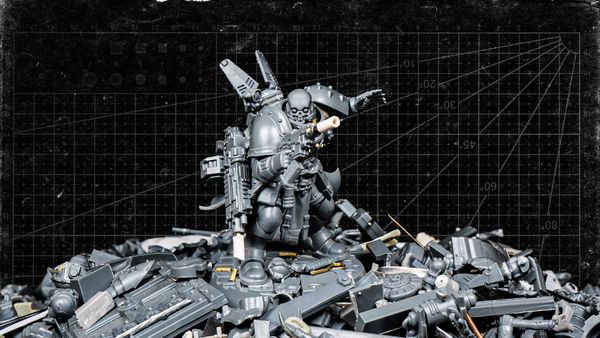Tools of the Trade: Painting Essentials
This comprehensive starter guide dives into the fundamental equipment needed to embark on your miniature painting journey, whether you are a complete beginner or a seasoned hobbyist seeking for tips and recommendations.

Getting started
If you are starting out in miniature painting, you may find yourself at a loss when faced with the myriad of possibilities, brands, tooling options, and price points available. In order to clarify this, I have drawn upon my personal experience to design this series of comprehensive textbooks aimed at beginners. My goal is to recommend reliable equipment that I have tested myself, so that you can start your hobby journey in the best conditions.
In the first part of this guide dedicated to painting essentials, we will focus on the basic painting equipment, such as brushes and palettes. Then, we'll quickly touch upon the different types of paint you may consider, including acrylics, oil paints, and enamels. We will also take a look at auxiliaries useful for thinning, glazing, and varnishing. Lastly, we'll conclude with a few tips for cleaning your tools and the mandatory personal protection.





